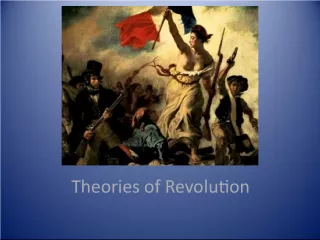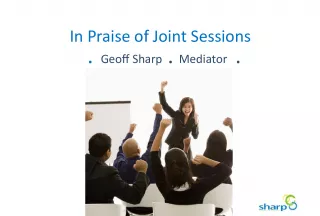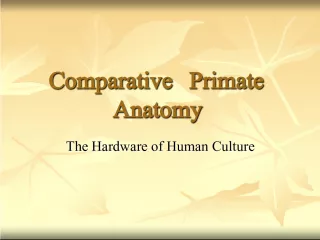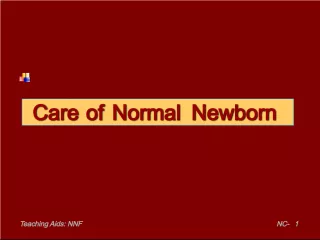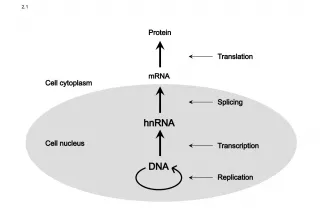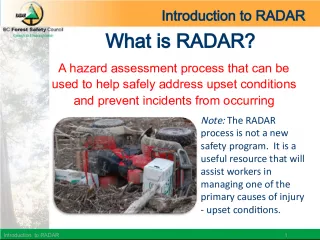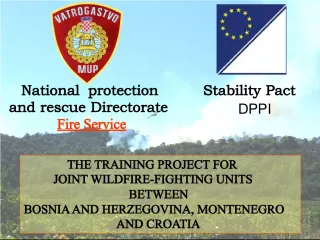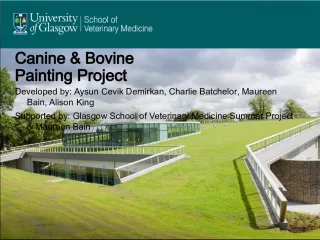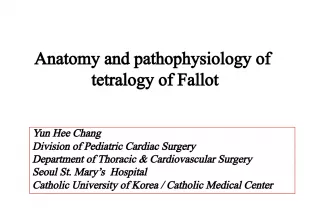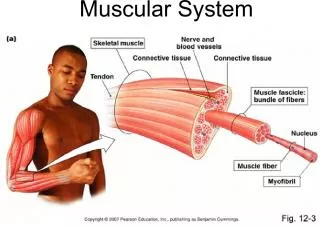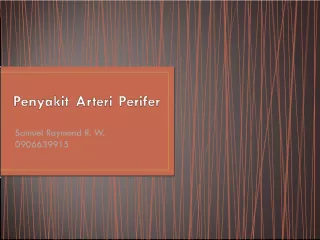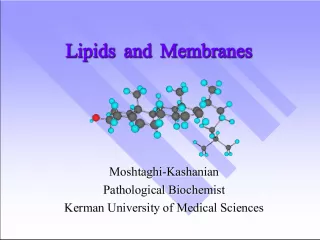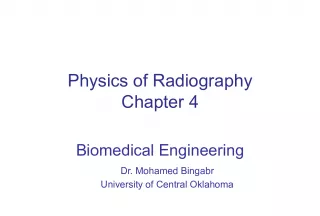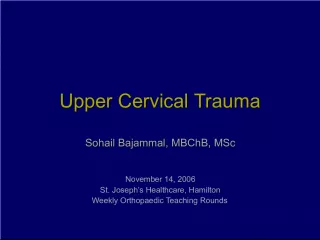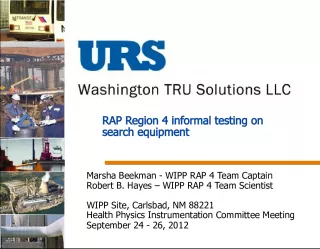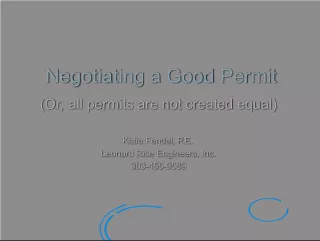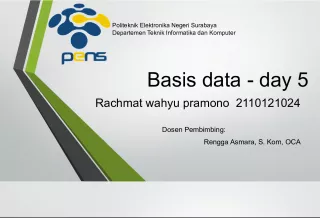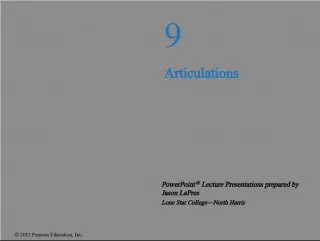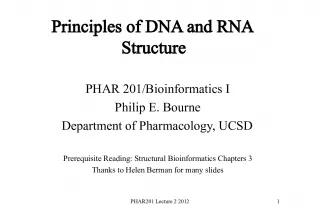Temporomandibular Joint Radiography: Normal Anatomy and Pathological Conditions


This article provides an overview of temporomandibular joint (TMJ) radiography, including the normal anatomy of the TMJ, available
- Uploaded on | 9 Views
-
 niclas
niclas
About Temporomandibular Joint Radiography: Normal Anatomy and Pathological Conditions
PowerPoint presentation about 'Temporomandibular Joint Radiography: Normal Anatomy and Pathological Conditions'. This presentation describes the topic on This article provides an overview of temporomandibular joint (TMJ) radiography, including the normal anatomy of the TMJ, available. The key topics included in this slideshow are . Download this presentation absolutely free.
Presentation Transcript
Slide1牙科放射線學(2) 陳玉昆副教授 : 高雄醫學大學 口腔病理科 07-3121101~2755 yukkwa@kmu.edu.tw T e m p o r o m a n d i b u l a r J o i n t R a d i o g r a p h y 顳 顎 關 節 放 射 線 攝 影 術
Slide2 The normal anatomy of the TMJ What investigations are available Common pathological conditions that can affect the joints 學 習 目 標 1. Eric Whaites: Essentials of dental radiography & radiology 3rd edition, Chapter 29, p. 371-388 2. Eric Whaites: Essentials of dental radiography & radiology 1st edition, Chapter 28, p. 297-323. References 3. Rosenberg et al, Aust Dent J 1999;44:106 4. Kaohsiung Medical University, Oral Pathology Department
Slide3 Subtopics The normal anatomy of the TMJ What investigations are available Common pathological conditions that can affect the joints
Slide4Condyle headDisc/meniscus Glenoid fossa Lateral pterygoid attachment Upper joint space Lower joint space Ext auditory meatus Normal Anatomy (Hard tissue) (Hard tissue) (Soft tissue) (Soft tissue) Ref. 1
Slide5LateralAnterior Base Normal anatomy - Dry skull Ref. 1
Slide6Rotatory and translatory movements of condyle during normal mouth opening Rest position Mouth closed Primary rotation Mouth opened Translation Mouth opened initially Mouth opened widely Secondary rotation Ref. 1
Slide7What investigations are available (1) The clinical indications How each investigation is performed, i.e. how the patient is positioned in relation to the film and X-ray tubehead , and whether the patient’s mouth needs to be open or closed
Slide8What investigations are available (2) What information each investigation The limitations and shortcomings of each investigation
Slide9 Conventional radiographic projections Other techniques and investigations Investigations Transcranial Transpharyngeal Panoramic Reverse Town’s Transorbital Tomography, linear
Slide10 Summary of different parts of TMJshown by the conventional projections Ref. 1
Slide11 TranscranialTMJ pain dysfunction syndrome – pain, clicking and limitation in opening To investigate the size & position of the disc (joint space) To investigate range of movement in the joints Main indications
Slide12Mouth openMouth close Mouth open Right Mouth close Right Transcranial Centric occlusion Ref. 1 <N.B.>The radiological term joint space: radiolucent zone between condylar head & glenoid fossa, which includes discs & upper & lower anatomical joint spaces
Slide13Diagnostic information Closed view Open view Transcranial The size of the joint space – provide indirect information about the position and shape of the disc The position of the head of the condyle within the fossa The shape and conditions of the glenoid fossa & articular eminence (on the lateral aspect only) The shape of the head of the condyle & the condition of the articular surface (on the lateral aspect only) A comparison of both sides The range and type of movement of the condyle A comparison of the degree of movement on both sides
Slide14Main indicationsMain indications Transpharyngeal TMJ pain dysfunction syndrome To investigate the presence of joint disease, particularly osteoarthritis and rheumatoid arthritis To investigate pathological conditions affecting the condylar head, including cysts or tumors Fractures of the neck and head of the condyle
Slide15Diagnostic information The shape of the head of condyle and condition of the articular surface from lateral aspect A comparison of both condylar heads Transpharyngeal Ref. 1
Slide16 Dental panoramic tomographMain indications Main indications TMJ pain dysfunction syndrome To investigate disease within the joint To investigate pathological conditions affecting the condylar heads Fractures of the condylar head or neck Condylar hypo/hyperplasia Diagnostic information The shape of the condylar head and condition of the articular surface from lateral aspect A direct comparison of both condylar heads
Slide17 Dental panoramic tomograph Transcranial view taken from panoramic machine Right close Right open Left open Left close Ref. 4
Slide18 To investigate the articular surface of the condyles and disease within the joint Fractures of the condylar heads and necks Condylar hypo/hyperplasia To investigate the articular surface of the condyles and disease within the joint Fractures of the condylar heads and necks Condylar hypo/hyperplasia Main indications Reverse Towne’s Mouth open Ref. 1
Slide19Diagnostic information The shape of the condylar heads and condition of the articular surfaces from the posterior aspect A direct comparsion of both condyles Reverse Towne’s Ref. 1
Slide20Transorbital (Zimmer’s view)Main indications To investigate the articular surface of the condyle and disease within the joint High fractures of the condylar neck to show medio-lateral displacement To investigate the articular surface of the condyle and disease within the joint High fractures of the condylar neck to show medio-lateral displacement This view is rarely used because of the risk of damage to the lens of eye from radiation. However, it provides an AP view of the condylar head- an aspect not shown by other radiographs Mouth open Ref. 2
Slide21Diagnostic informationDiagnostic information The shape of the condylar head and neck from the anterior aspect The condition of the articular surface from the anterior aspect The shape of the condylar head and neck from the anterior aspect The condition of the articular surface from the anterior aspect Transorbital Ref. 2
Slide22 TomographyMain indications Full assessment of the whole of the joint to determine the presence and site of any bone disease or abnormality To investigate the condyle and articular fossa when the patient is unable to open the mouth Assessment of fractures of the articular fossa and intracapsular fractures
Slide23LateralAnterior 15 o 20 o 25 o 30 o Tomography Ref. 1
Slide24Diagnostic informationDiagnostic information The size of the joint space The position of the head of the condyle within the fossa The shape of the head of the condyle and condition of the articular surface including the medial and lateral aspects The shape and condition of the articular fossa and eminence Information on all aspects of the joints The positions and orientation of the fracture fragments Tomography
Slide25Other techniques & investigations Arthrography Computed tomography Magnetic resonance imaging Artheroscopy Main indications Main indications Diagnostic information Diagnostic information 下列何者是 AP view 為: A. Panoramic radiography B. Transcranial projection C. Transorbital D. Modified Town’s view
Slide26 ArthrographyMain indications Main indications Longstanding TMJ pain dysfunction unresponsive to simple treatments Persistent history of locking Limited opening of unknown etiology Main contraindications Main contraindications Acute joint infection Allergy to iodine or contrast medium
Slide27Diagnostic informationDiagnostic information Dynamic information on the position of the joint components and disc as they move in relation to one another Static images of the joint components with the mouth closed and with the mouth open. Any anterior or anteromedial displacement of the disc can be observed The integrity of the disc, i.e. any perforations Note: Outline the lower joint space usually provides more useful information on the disc Arthrography Ref. 1
Slide28Computed tomography It provides sectional or slice images of the joint It can produce images of the hard and soft tissues in the joint, including the disc, in different planes Main indications Main indications Diagnostic information Diagnostic information The shape of the condyle and the condition of the articular surface The condition of the glenoid fossa and eminence The position and shape of the disc The integrity of the disc and its soft tissue attachments The nature of any condylar head disease
Slide29Computed tomographyRef. 4
Slide30Magnetic resonance imagingCondylar head Anterior displaced disc Main indications When diagnosis of internal derangements is in doubt As a preoperative assessment before disc surgery Ref. 4
Slide31 Arthroscopy It gives direct visualization of the TMJ and allows certain interventional procedures to be performed, including Washing out the joint with saline Introduction of steroids directly into the joint Division of adhesions Removal of loose bodies from within the joint Arthroscopy is considered as the last line of investigation before full surgical exploration of the joint is carried Main indications
Slide321.Upper joint space 2. Lower joint space 3. Disc 4. Prolene suture 5. Yeates drain 6. External auditory meatus 1. Upper joint space 2. Lower joint space 3. Disc 4. Prolene suture 5. Yeates drain 6. External auditory meatus Arthroscopy Ref. 3
Slide33FibrillationDisc Adhesion Disc Arthroscopy Ref. 4
Slide34 Main pathological conditions affecting the TMJ Main pathological conditions affecting the TMJ TMJ pain dysfunction syndrome Internal derangements Osteoarthritis Juvenile rheumatoid arthritis (Still’s disease) Ankylosis Tumors Fractures Developmental anomalies
Slide35 Main pathological conditions affecting the TMJ Main pathological conditions affecting the TMJ 最可能的診斷為: A. Ameloblastoma B. Squamous cell carcinoma C. Hemangioma D. Central giant cell granuloma (A) A multilocular radiolucency; (B), (C) Surgical specimen; (D) Costochondral graft; (E) Histological examination: bony trabeculae entrapped by multiple blood vessels
Slide36 Knowing: The normal anatomy of the TMJ What investigations are available Common pathological conditions that can affect the joints Summarie s
